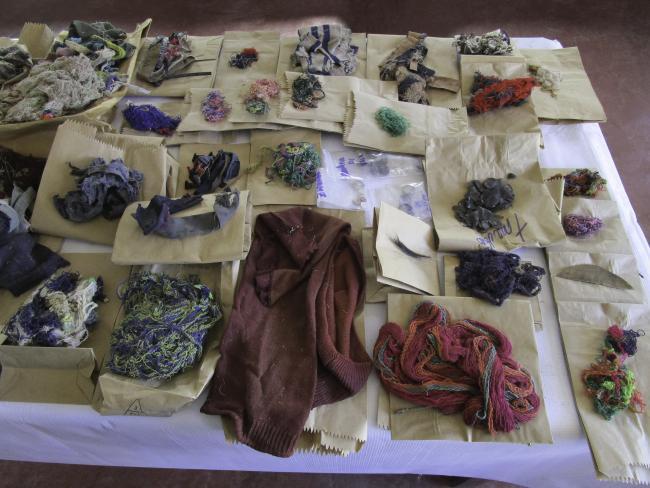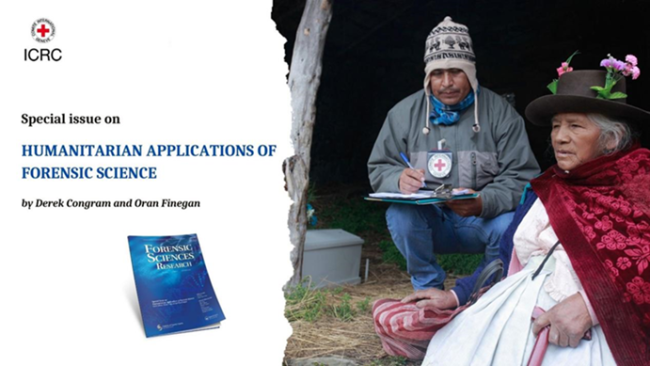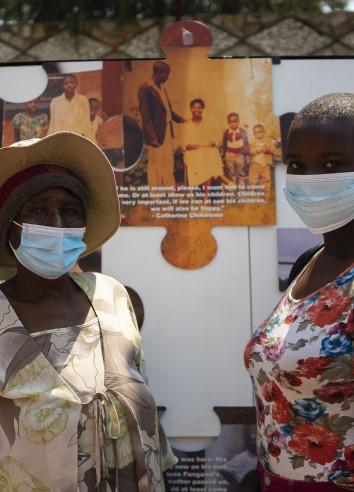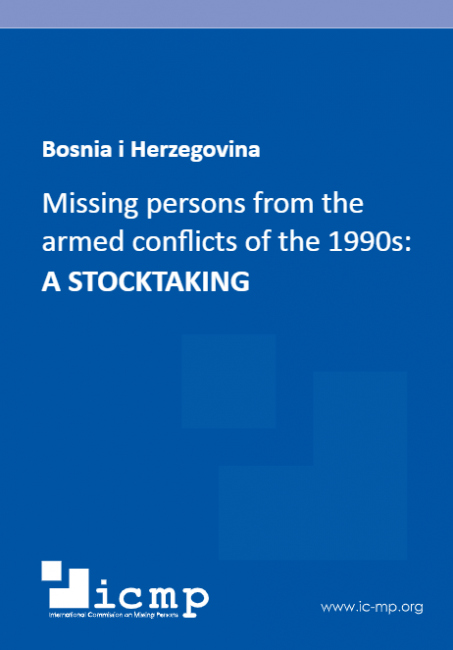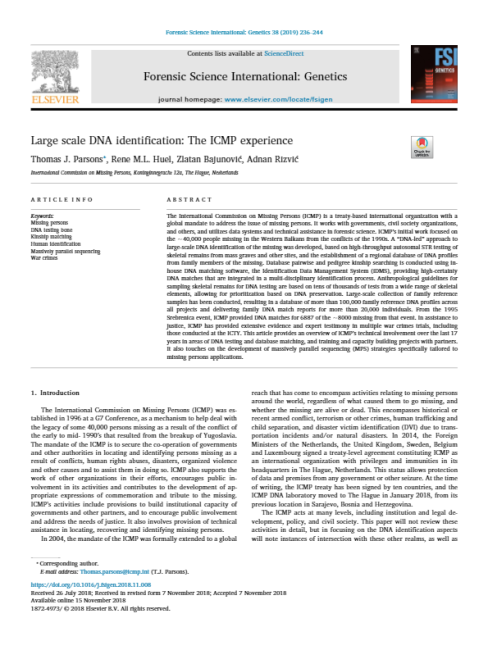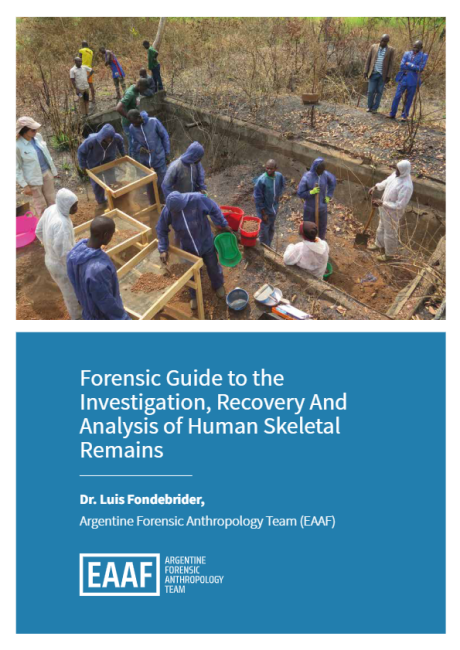The clandestine multiple graves in Malaysia: the first mass identification operation of human skeletal remains
The first ever mass identification operation of skeletal remains conducted for the clandestine graves in Malaysia consisted of 165 individuals unearthed from 28 human trafficking transit camps located in Wang Kelian, along the Thai-Malaysia border. A DVI response was triggered in which expert teams comprising of pathologists, anthropologists, odontologists, radiologists and DNA experts were gathered at the identified operation centre. The Department of Forensic Medicine, Hospital Sultanah Bahiyah, Alor Star, Kedah, located approximately 75 km away from Wang Kelian, was temporarily converted into a victim identification centre (VIC) as it is the nearest available forensic facility to the mass grave site. The mortuary operation was conducted over a period of 3 months from June to September 2015, and was divided into two phases; phase 1 involving the postmortem examination of the remains of 116 suspected individuals and for phase 2 the remains of 49 suspected individuals. The fact that the graves were of unknown individuals afforded the mass identification operation a sufficient duration of 2 weeks as preparatory phase enabling procedurals and daily victim identification workflow to be established, and the setting up of a temporary body storage for the designated mortuary. The temporary body storage has proven to be a significant factor in enabling the successful conclusion of the VIC operation to the final phase of temporary controlled burials. Recognition from two international observers, Mr. Andréas Patiño Umaña, from the International Committee of Red Cross (ICRC) and Prof. Noel Woodford from Victoria Institute of Forensic Medicine (VIFM) had proven the mortuary operation was in compliance to the international quality and standards. The overall victim identification and mortuary operation identified a number of significant challenges, in particular the management of commingled human remains as well as the compilation of postmortem data in the absence of antemortem data for future reconciliation. CF Index in this DVI operation is 9%, indicating the primary identifications in this operation were effective. Limitations and further improvements of the mass identification operation will be discussed. This paper details the planning, preparations and management of the mass identification operation on the exhumed human remains which was also a forensic humanitarian service for the dead with dignity and respect.


